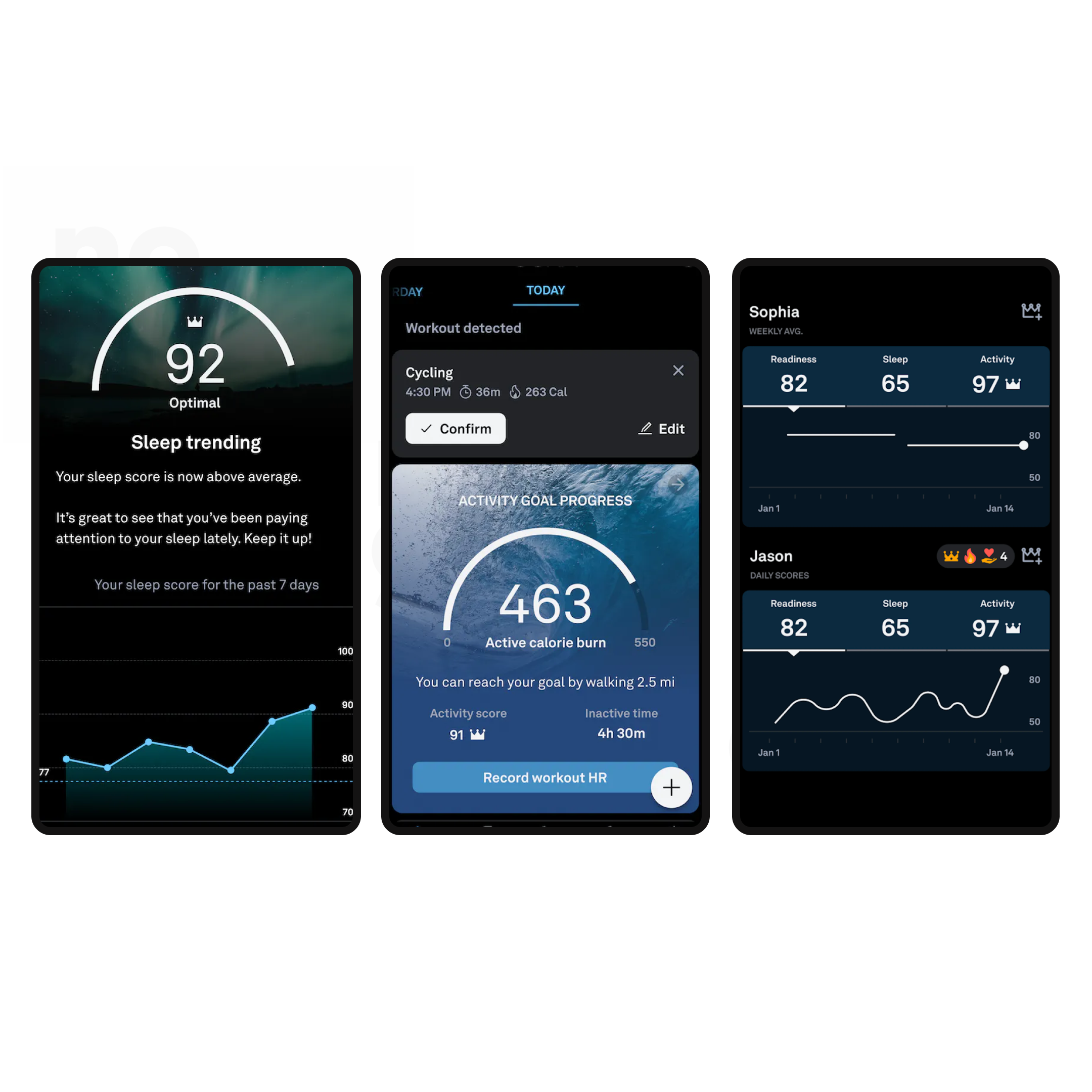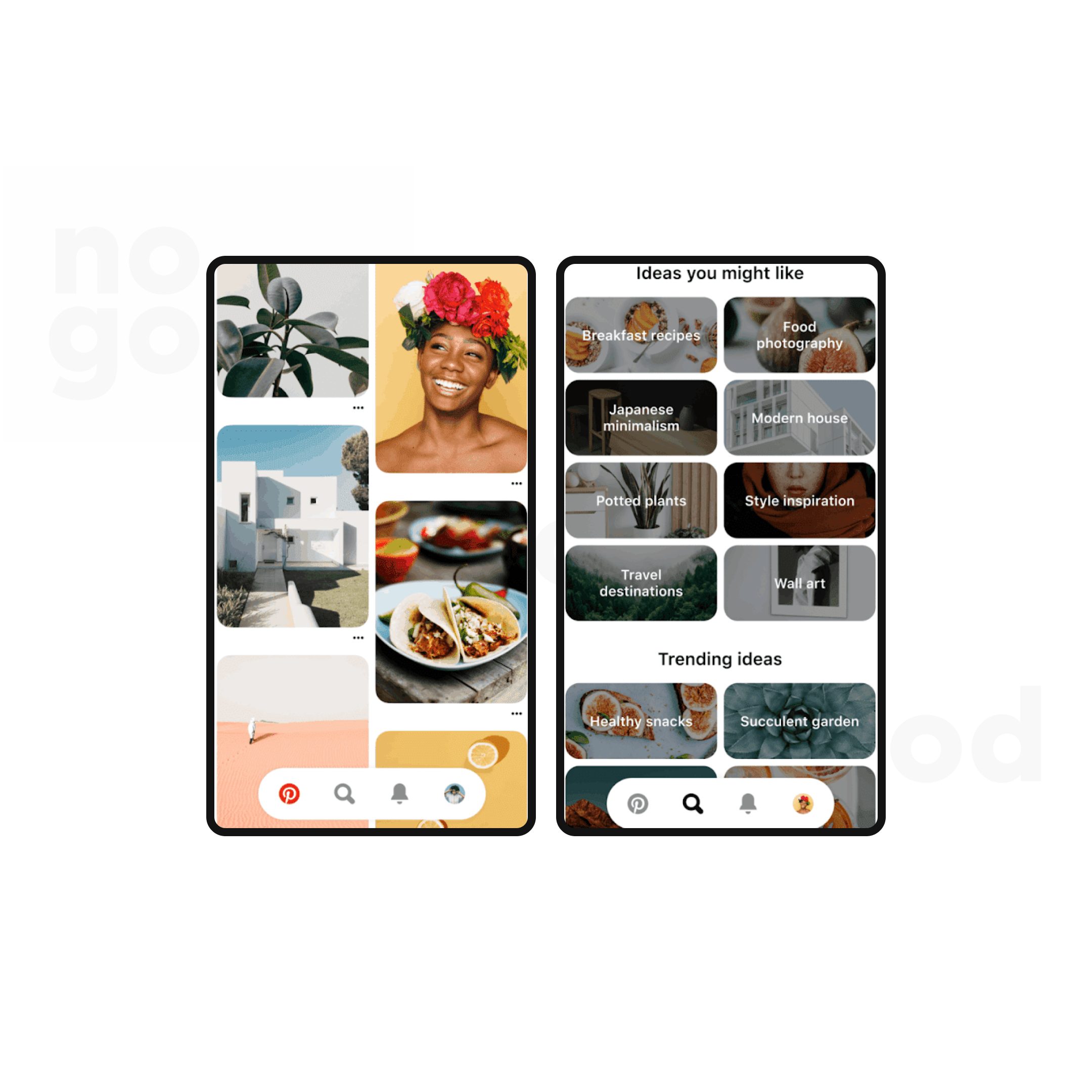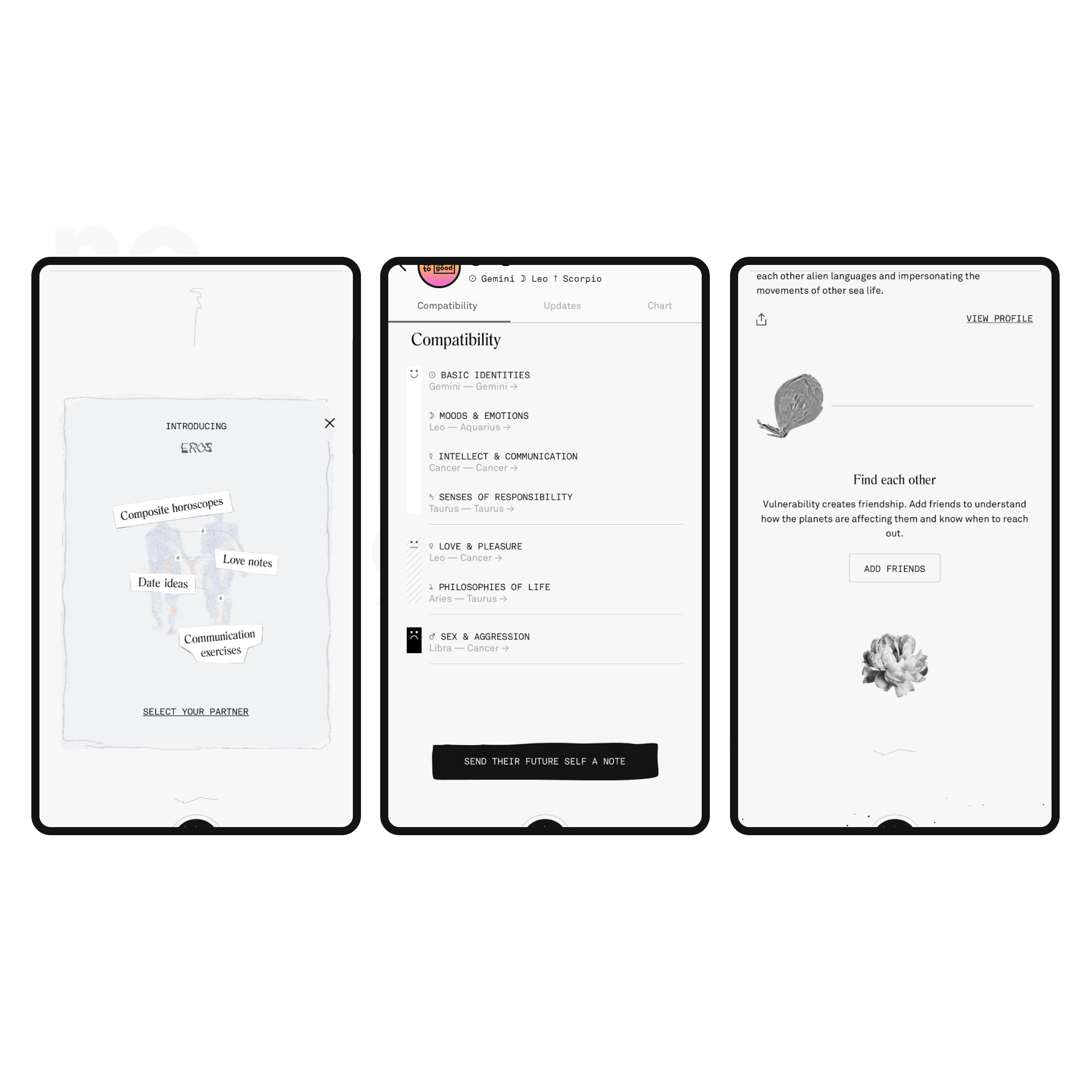Every new brand or product is always looking for growth, but what many people overlook is that retention and sustained engagement is also a big part of what growth means. Growth is not just about acquiring new users — it’s about building a product that continuously engages users in order to retain them overa period of time and reduce customer churn rates.
In an era when user attention spans are fleeting, making your helpful product sticky isn’t merely an option, it’s the foundation of lasting success, especially if you want to eventually scale your product to bigger markets. By leveraging the right user engagement strategies, you can build a product that fosters an self-compounding loop of acquisition, retention and referral, ensuring a successful long-term path towards exponential growth.
What is a user engagement strategy?
The term “user engagement strategy” has been an industry buzz-phrase that’s slowly gained prominence as mobile apps continue to grow in popularity across multiple industries. At its core, a product engagement strategy is a deliberate and systematic approach taken by companies to create and nurture a deeper connection between their product and its users. It’s the art of transforming casual users into loyal customers, creating a bond that goes beyond mere functionality or utility.
A robust product engagement strategy encompasses a range of techniques and practices designed to keep users actively involved with your product. It’s about turning occasional interactions into regular engagements and, ultimately, forging an emotional connection between users and your brand. This isn’t achieved through chance; it’s a meticulously crafted plan that leverages user data, feedback loops, personalized communications, and user-centric design. In essence, a product engagement strategy is the blueprint for creating that magnetic pull that keeps engaged customers coming back for more.
What does it mean to have a “sticky” product?
A “sticky” product is essentially what you achieve when you pair an efficient acquisition funnel with an effective user engagement strategy. To have a “sticky” product is to have a sustainable ability to keep users coming back, time and time again, much like a cherished ritual or a favorite daily habit. It’s a product that has successfully ingrained itself into the lives of its users, creating an almost instinctual attachment on a day-to-day basis. But what lies beneath this notion of stickiness?
Product stickiness differs slightly from customer retention in that it’s not just about retaining a newly acquired user; it’s about creating a profound and lasting relationship between the user and the product itself. Think of it as an emotional bond, where users feel an authentic personal connection, loyalty, and a sense of trust with the product or brand. A sticky product is one that seamlessly fits into a user’s daily routine, solves their problems, and provides consistent value, making it difficult for them to imagine life without it.
It’s an embodiment of user-centric design, excellent functionality, and the successful implementation of user engagement strategies. Having a truly “sticky” product means that your users don’t merely use but genuinely love the product, and actively want to make it a central part of their lives.
What are some examples of product stickiness?
Spotify is a prime embodiment of what product stickiness can be. Aside from being the world’s most popular audio streaming service today, Spotify is also a leader in innovative user engagement strategies, including everything from viral organic marketing strategies to bold moves in the metaverse space. Spotify is a good product, sure, but what is it that makes the product so sticky?
Spotify’s user engagement strategy centers on tying together the emotional element of music with the data-driven capabilities of a mobile streaming app. Spotify really leans into the relationship between music and emotion, and builds their strategy around what music means to people. Here are just a few examples of innovative user engagement strategies that unlocked sustained product stickiness:
- Playlist in a Bottle: Many people associate music with the idea of memory and nostalgia, so this year Spotify created a “Playlist in a Bottle”, which lets users create a musical time capsule that will be unlocked in January of 2024. Since users have to wait until 2024 to “unlock” their playlist, this nostalgia-steeped feature essentially locks a user into their Spotify subscription for another year.
- Spotify Blend: This regularly-updated playlist combines the music you and another person listens to based on your shared listening activity. By tapping into the relationships that users have with their friends, family and fellow music-lovers, Spotify creates an additional incentive for users to return to the app as a way to see how their “taste match score” has evolved.
- Spotify Wrapped: Spotify’s viral “Spotify Wrapped” marketing campaign is another user engagement strategy that dominates online conversations and social media platforms come every December. The campaign was so popular that it became some sort of an annual tradition or a rite-of-passage for die-hard Spotify users — meaning you have to stick to having Spotify year-after-year in order to participate in this cultural phenomenon.
- “My Top 5”: Spotify’s “My Top 5” experience allows users to identify their top 5 moments from an artist’s discography, before revealing to them what their top 5s actually are based on their listening data. This interactive experience taps into the excitement that fans have for their favorite artists, creating a stronger emotional connection between the user and music they love — and ergo the app that strengthens that bond.

Another brand that excels at building product stickiness is Oura Ring, a smart ring product and software app that tracks your sleep, activity, and health all from the palm side of your finger. The ring itself is obviously something that contributes to the app’s stickiness — you have to wear it every day in order to track your daily health key metrics; but there are plenty of key features in the app itself that help ensure that users are checking in on their statuses on a regular basis.
In particular, the Oura Ring app uses gamification and progress-tracking as a way to motivate users to actively integrate the product into their daily habits and behaviors. Here’s how they do it:
- Sleep scores: The Oura Sleep Score (1-100) tells you how well you sleep every night. By tying a tangible, regularly-updated metric to a daily activity, the feature essentially ensures that users are checking the app at least once a day in order to stay updated on their score.
- Activity goals: Asking users to create a goal, and then tracking their progress on that said goal, is a common and highly effective way to incentivize users to return to the app on a regular basis. The “credit” that the user gets from making progress on their goal simulates the feeling of a reward, which keeps them coming back for that feeling of accomplishment and customer satisfaction.
- Oura Circles: Similar to Spotify Blend, Oura Circles turns the app experience into a way to connect with others — meaning that you’re not just driven to the app to check on your own scores, you are motivated to use it to check on others too.

How do you increase user engagement?
Here are 5 key strategies that can help you increase user engagement and make your product more sticky.
1. Gamification
Gamification, the strategic integration of game-like elements into non-gaming contexts, has emerged as a powerful tool for enhancing user engagement and making products more irresistibly sticky. By tapping into fundamental human desires for achievement, competition, and rewards, gamification transforms mundane interactions into captivating experiences.
Whether it’s earning loyalty badges for completing tasks, competing on leaderboards, or conquering challenges, these game mechanics not only inject fun and excitement but also fuel motivation, encouraging users to return to your product consistently. The beauty of gamification lies in its ability to cater to a wide range of user preferences and behaviors. It fosters a sense of accomplishment, triggers dopamine releases, and creates a sense of progression, all of which hook users and keep them coming back for more.
SoulCycle, the iconic indoor cycling studio, has redefined the fitness experience by weaving gamification into its offerings, ensuring robust user engagement and product stickiness. At the heart of their strategy are the milestones and achievements, where riders earn badges and celebrate their dedication with every ride, fostering a sense of accomplishment and encouraging riders to keep coming back for more. Additionally, their innovative “SoulBeat” feature, which provides riders with a beat match score for each session, turns every workout into a challenge and an opportunity for a post-workout app check-ins.
Riders can strive to improve their scores and reach new personal bests, transforming their customer journey into an addictive game. These gamification elements not only inspire competition but also create a strong reason for the user to continually return to the app and the studio for a sense of progress and accomplishment.

2. Personalization
Personalization plays a pivotal role in keeping users glued to a product. This approach involves tailoring the user experience based on individual preferences, creating a sense of uniqueness that fosters customer loyalty and retention. By curating content and interactions, typically through the use of an intelligent algorithm, personalization ensures that users consistently find relevant, engaging, and valuable content within the product.
Pinterest exemplifies the effectiveness of personalization by analyzing users’ past interactions and preferences to suggest pins, boards, and trends that align with their interests. This means that every time a user logs in, they’re greeted with content that resonates with their needs and interests, increasing the likelihood of engagement.
This proactive approach not only provides users with a more helpful experience but also keeps them coming back for more as the personalized feed is continuously updated on a regular basis. Pinterest’s dedication to personalization stands as a testament to its commitment to user-centricity, ultimately resulting in a stickier product that caters to the individual needs and desires of its user base.

3. Community building and social sharing
By integrating social features that allow users to connect, interact, and share experiences, a product transforms from a mere tool to a social hub where users feel a sense of belonging and community. Take CoStar, for instance, the astrology app that has seamlessly woven social elements into its user experience. CoStar enables users to add friends and connect with others based on their astrological profiles.
This not only fosters a sense of camaraderie among users but also encourages them to return regularly to check on their compatibility with friends or explore astrological insights together.
CoStar goes a step further by allowing users to share daily updates and insights from their horoscopes with their friends and followers within the app. This interactive feature transforms the app into a social platform where active users engage in discussions, share their positive experiences, and seek advice. This not only keeps users engaged but also transforms CoStar into a daily ritual, enhancing its stickiness.
The social elements within CoStar illustrate how creating a sense of community and enabling social interactions can significantly boost product engagement and retention. Users return not only for the astrological insights but also for the social connections and interactions the app facilitates.

4. Content recommendations
Content recommendations play a pivotal role in enhancing user satisfaction and fostering product stickiness. By offering users tailored content suggestions, a product not only keeps them engaged but also solidifies its place in their daily routine.
A prime illustration of the role of relevant content recommendations in boosting product stickiness can be found in the Calm meditation app. What sets Calm apart is its ability to recommend meditations based on the time of day, aligning with users’ specific needs and routines. For instance, it might suggest a morning meditation to kickstart the day or a sleep story in the evening to promote relaxation.
These recommendations anticipate and cater to users’ preferences, simplifying their decision-making process. Users don’t need to sift through a vast library of content; instead, Calm provides them with precisely what they need at that moment.
Calm’s content recommendations also serve to create a habit-forming pattern. Users begin to rely on the app as a daily companion, turning to it at specific times for relaxation, focus, or sleep aid. This consistency transforms Calm into an indispensable part of their daily routine, reinforcing product stickiness.

5. Push notifications
Push notifications are also incredibly effective in boosting and maintaining product stickiness (more so than many other communication channels); according to a study, 61% of new app users receiving push notifications launched the app within the first month, which is more than double the 28% of installers who did not receive push notifications within the same time frame.
Since push notifications appear on the user’s screen even when they are not actively engaging with the app, it serves as the perfect user engagement strategy to incentivize users to come back to the app every time one is sent. Push notification copy can be tailored to incentivize certain user behaviors, meaning that you can customize them to the exact messaging that’s most likely to capture the attention of a certain user segment.
There are many different types of push notifications, but the most common ones that most established mobile apps and brands will have are: welcome pushes, purchase pushes, transactional pushes, reengagement pushes, and milestone pushes.
Here is an explanation and example of each of these push notifications.

Making it stick
Crafting a sticky product—one that captures users’ attention, fosters loyalty, and keeps them coming back for more—is an art and a science. We’ve explored five potent user engagement strategies that can help you achieve this goal:
- Gamification: Incorporating game-like elements to make using the product enjoyable and rewarding.
- Personalization: Tailoring the user experience based on individual preferences and behaviors.
- Community building & social elements: Building a sense of community and connection within the product.
- Content recommendations: Providing tailored content suggestions that align with users’ needs and routines.
- Push notifications: The timely nudge that keeps users engaged and coming back for more.
These strategies, when thoughtfully implemented, not only elevate user engagement but also cultivate lasting relationships between users and your product. They transform casual users into devoted enthusiasts, ensuring that your product becomes an integral part of their daily lives. As you navigate the ever-evolving landscape of digital products, remember that the key to product stickiness lies in understanding your users, anticipating their needs, and continuously innovating to offer them value. By doing so, you’ll not only make your product sticky but also set the stage for long-term success in today’s competitive market.





